Base - Arnold User Guide
Weight
The base color weight.
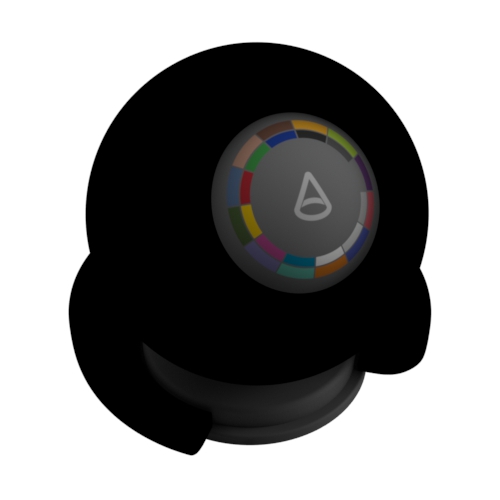 |
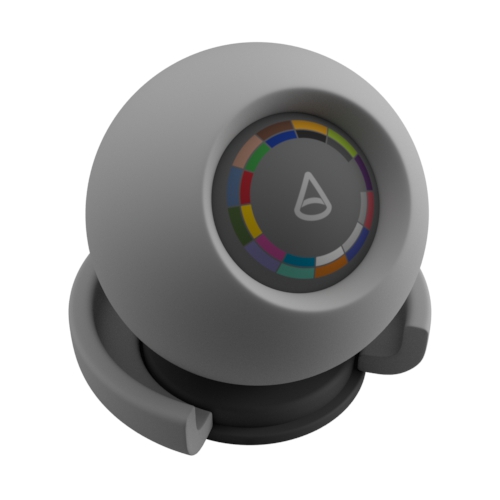 |
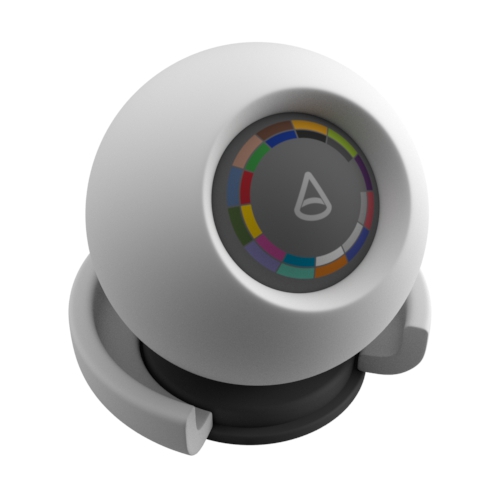 |
| 0 | 0.5 | 1 (default) |
Surface Normal Direction
When rendering diffuse surfaces, it is very important that the normals of the geometry face in the right direction. In the example below, you can see the difference between normals that are facing inwards in the wrong direction (left side) versus those that are facing correctly outwards (right side).
 |
 |
| The normals are reversed on the left side of the sphere | The right side of the sphere renders correctly |
Color
The Base Color sets how bright the surface is when lit directly with a white light source (intensity at 100%). It defines which percentage for each component of the RGB spectrum does not get absorbed when light scatters beneath the surface. Metal normally has a black or very dark base color; however, rusty metal needs some base color. A Base Color map is usually required.
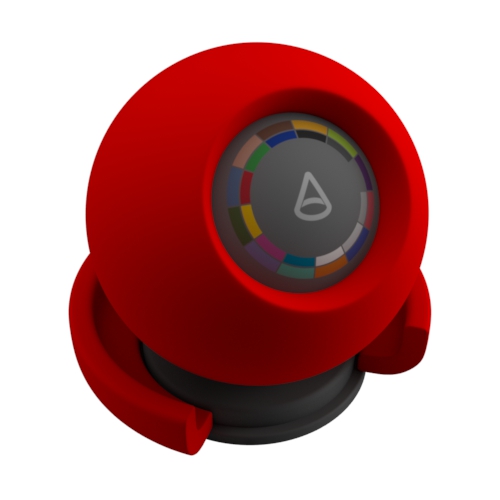 |
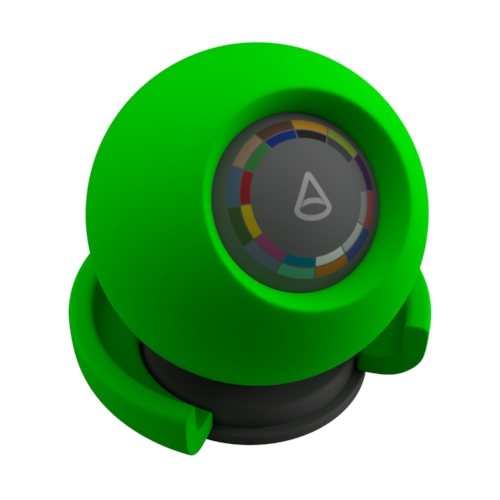 |
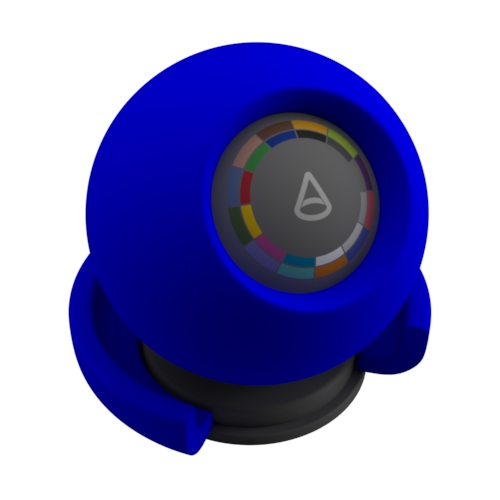 |
| red | green | blue |
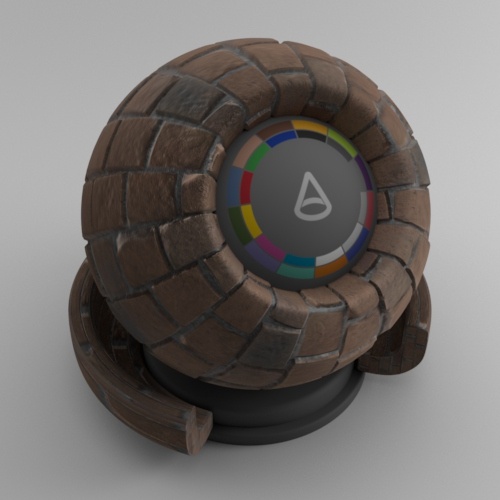 |
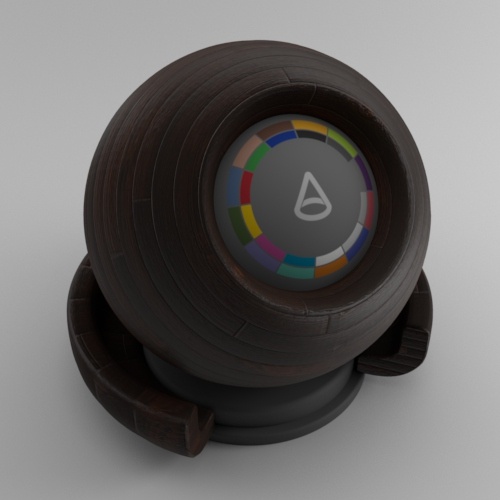 |
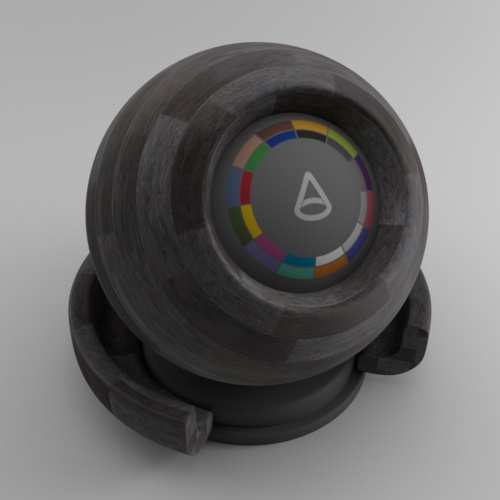 |
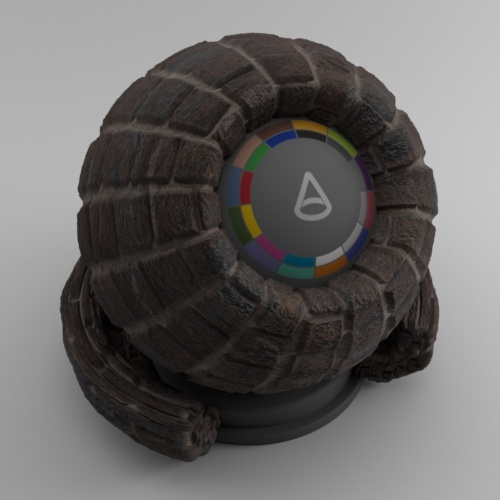 |
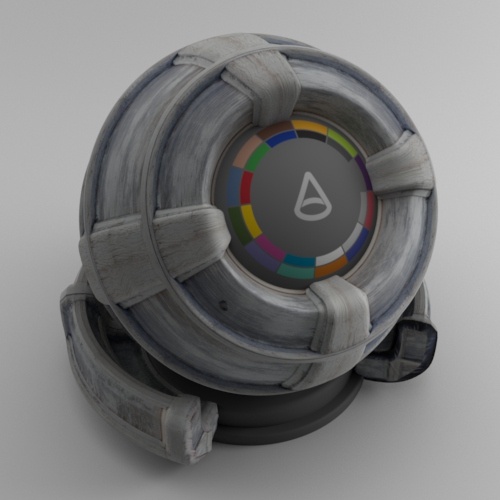 |
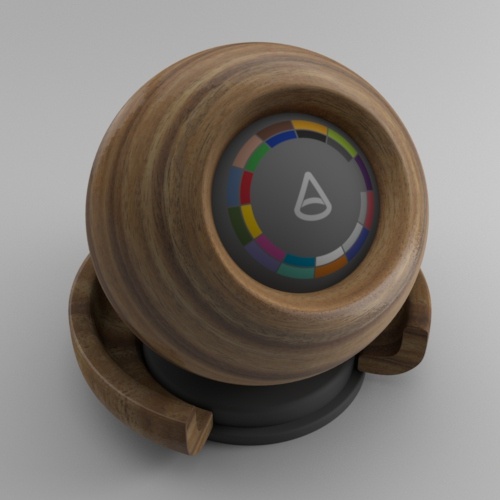 |
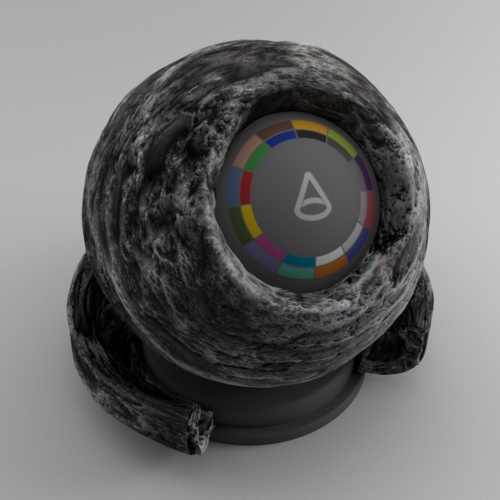 |
Diffuse file texture -> base color
Diffuse Roughness
The base component follows an Oren-Nayar reflection model with surface roughness. A value of 0.0 is comparable to a Lambert reflection. Higher values will result in a rougher surface look more suitable for materials like concrete, plaster, or sand.
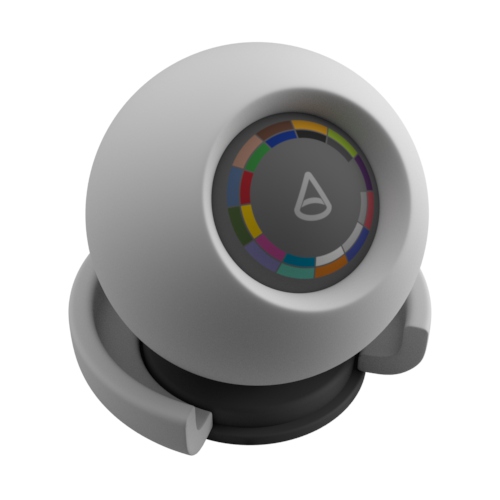 |
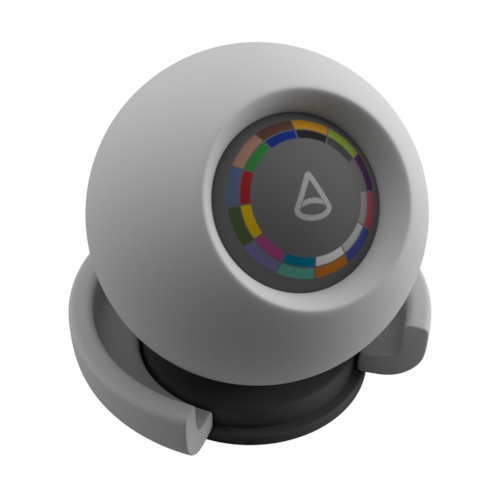 |
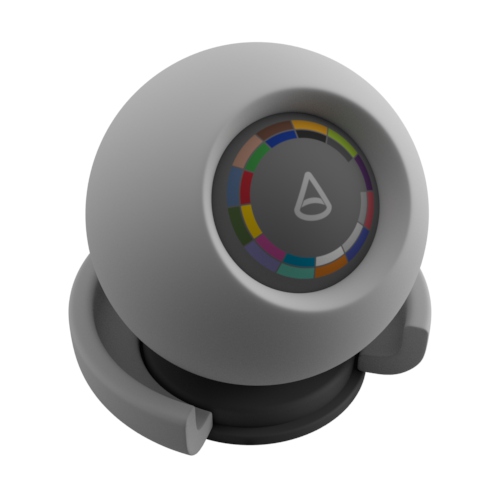 |
| 0 (default) | 0.5 | 1 |
Metalness
With metalness 1.0 the surface behaves like a metal, using fully specular reflection and complex fresnel.
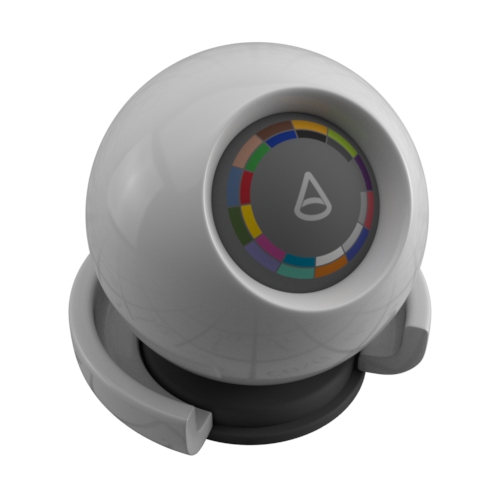 |
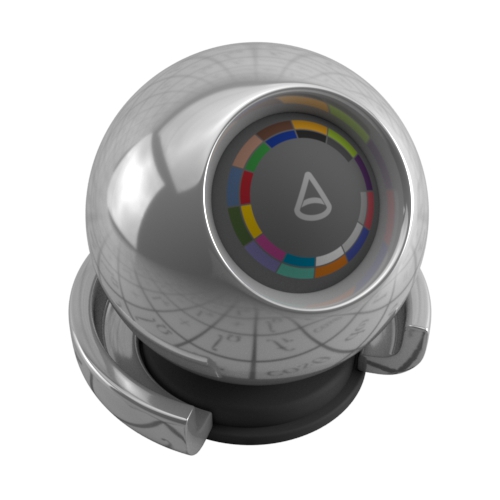 |
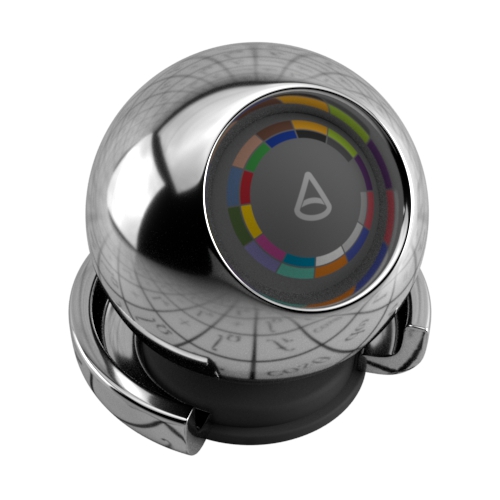 |
| 0 (default) | 0.5 | 1 |
For a perfectly sharp and mirror-like reflection, increase metalness to 1, and reduce Specular Roughness to 0. The Base Weight should also be set to 1.
When metalness is enabled, the Specular Weight and Specular Color only control the edge tint, while the Base is still affected by roughness.
The metal appearance is controlled using the Base Color (facing) and Specular Color (edge tint) parameters. These are automatically translated to physical η and κ values, to achieve the same look but with easily tweakable and texturable colors. Some examples of real-world values for metals can be found below.
| Base Color | Specular Color | |||
|---|---|---|---|---|
| Aluminium (Al) |  |
0.912 0.914 0.920 |  |
0.970 0.979 0.988 |
| Copper (Cu) |  |
0.926 0.721 0.504 |  |
0.996 0.957 0.823 |
| Gold (Au) |  |
0.944 0.776 0.373 |  |
0.998 0.981 0.751 |
| Iron (Fe) |  |
0.531 0.512 0.496 |  |
0.571 0.540 0.586 |
| Lead (Pb) |  |
0.632 0.626 0.641 |  |
0.803 0.808 0.862 |
| Mercury (Hg) |  |
0.781 0.779 0.779 |  |
0.879 0.910 0.941 |
| Nickel (Ni) |  |
0.649 0.610 0.541 |  |
0.797 0.801 0.789 |
| Platinum (Pt) |  |
0.679 0.642 0.588 |  |
0.785 0.789 0.784 |
| Silver (Ag) |  |
0.962 0.949 0.922 |  |
0.999 0.998 0.998 |
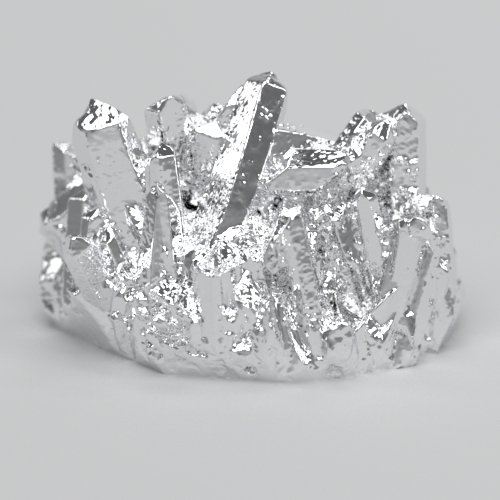 |
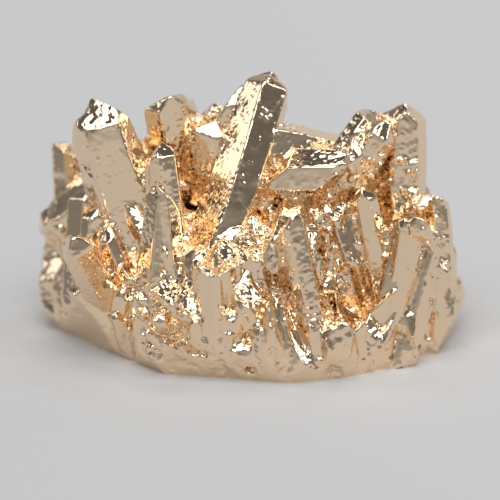 |
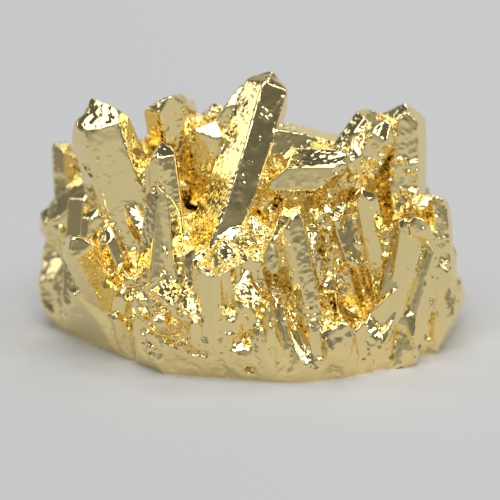 |
| Aluminium | Copper | Gold |
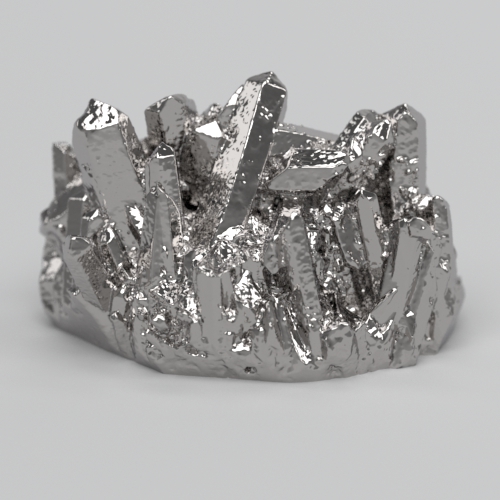 |
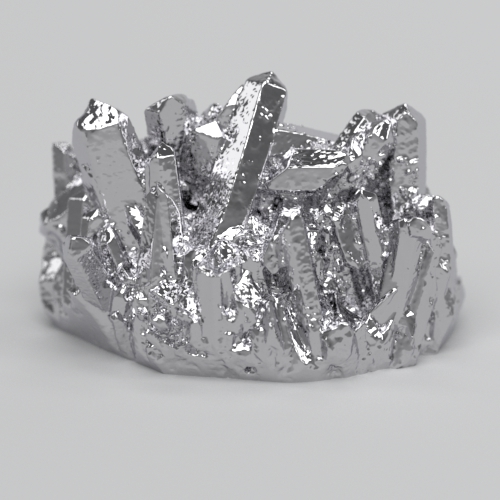 |
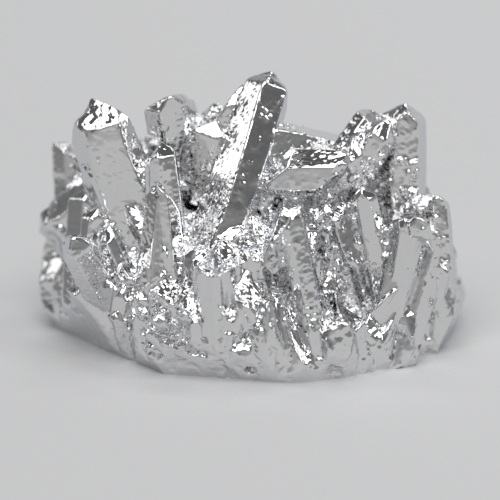 |
| Iron | Lead | Mercury |
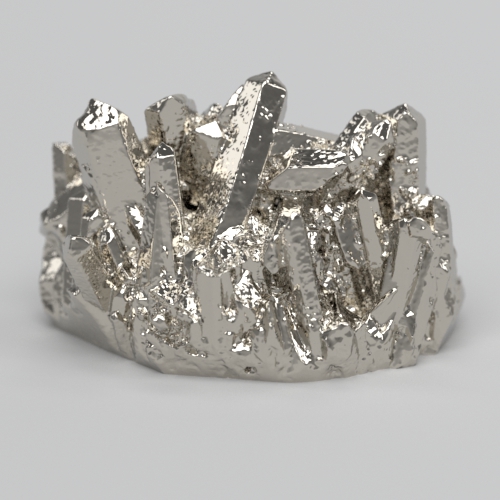 |
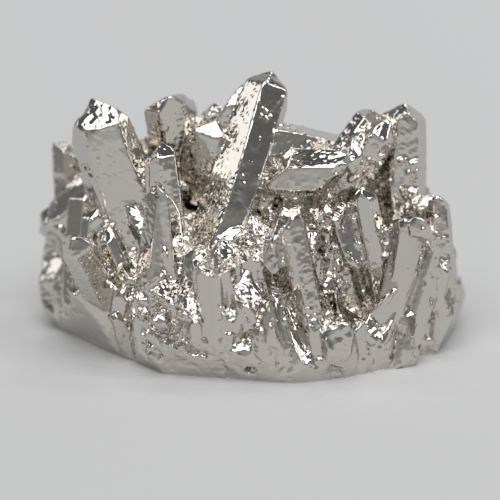 |
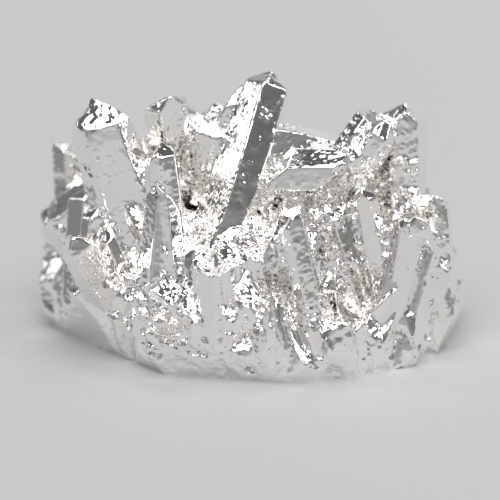 |
| Nickel | Platinum | Silver |
Metalness values between 0.0 and 1.0 can be used to texture surfaces like rusted iron, where different areas of the surface can have more reflective clean metal and more diffuse rust. PBR metalness maps from applications like Substance Painter can be connected to this parameter.
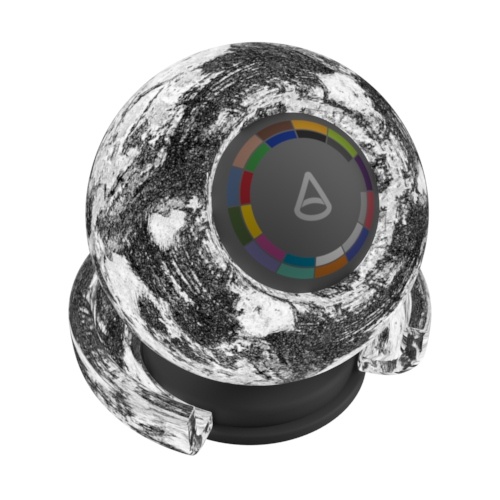 |
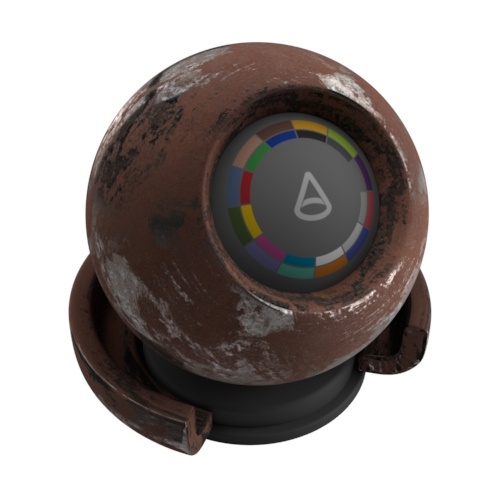 |
Rusted iron texture -> metalness
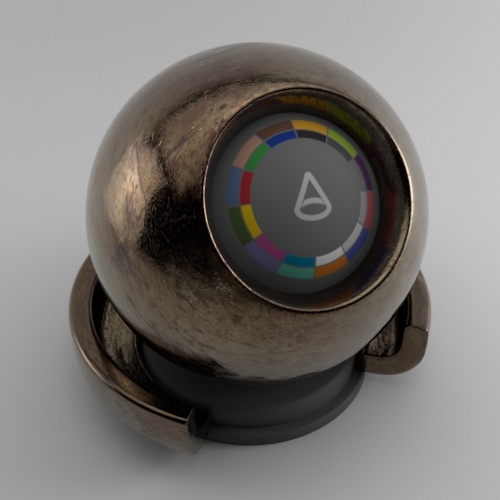 |
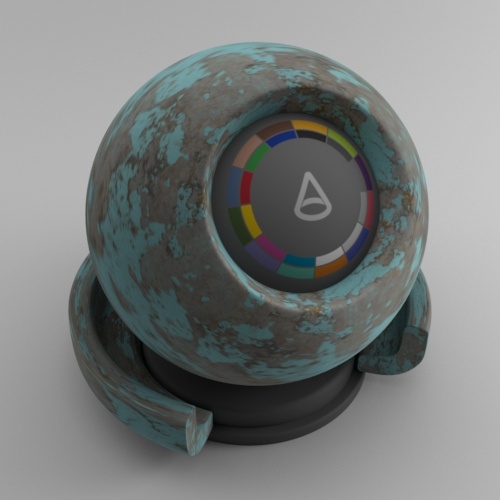 |
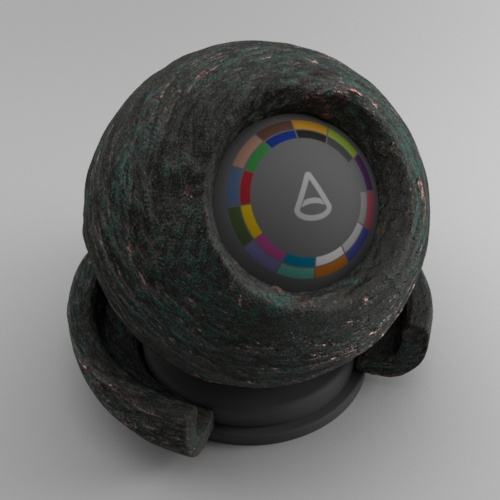 |
| Greasy worn metal | Worn painted cement | Rock infused with copper |
Shaders using metalness textures
